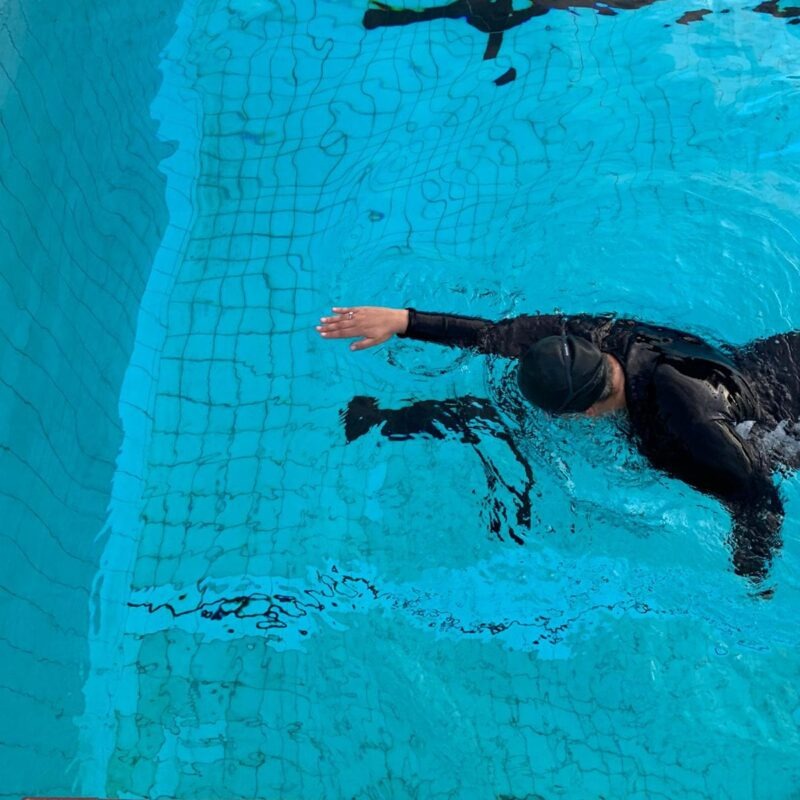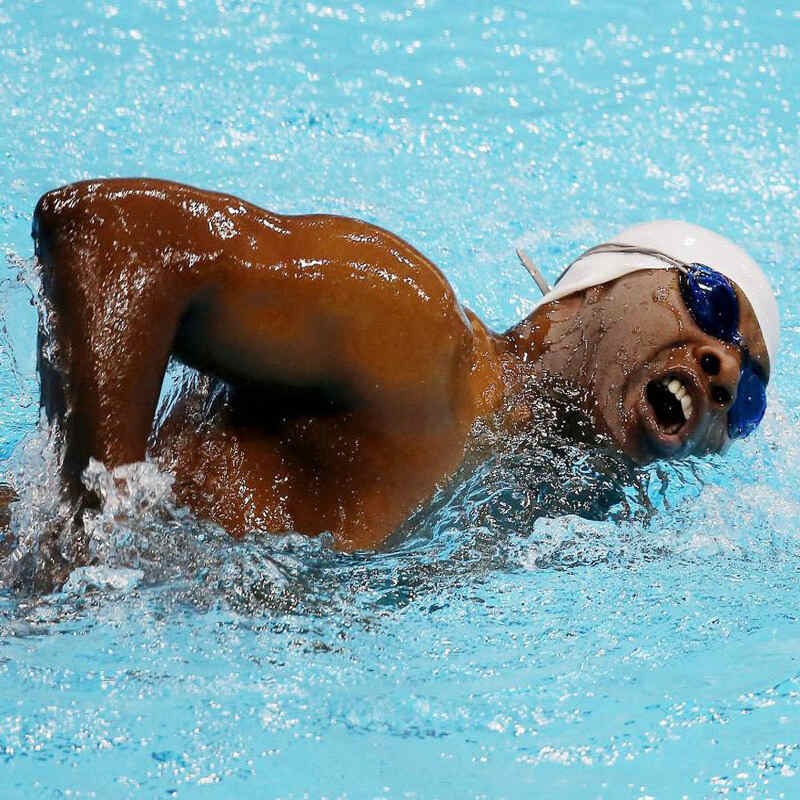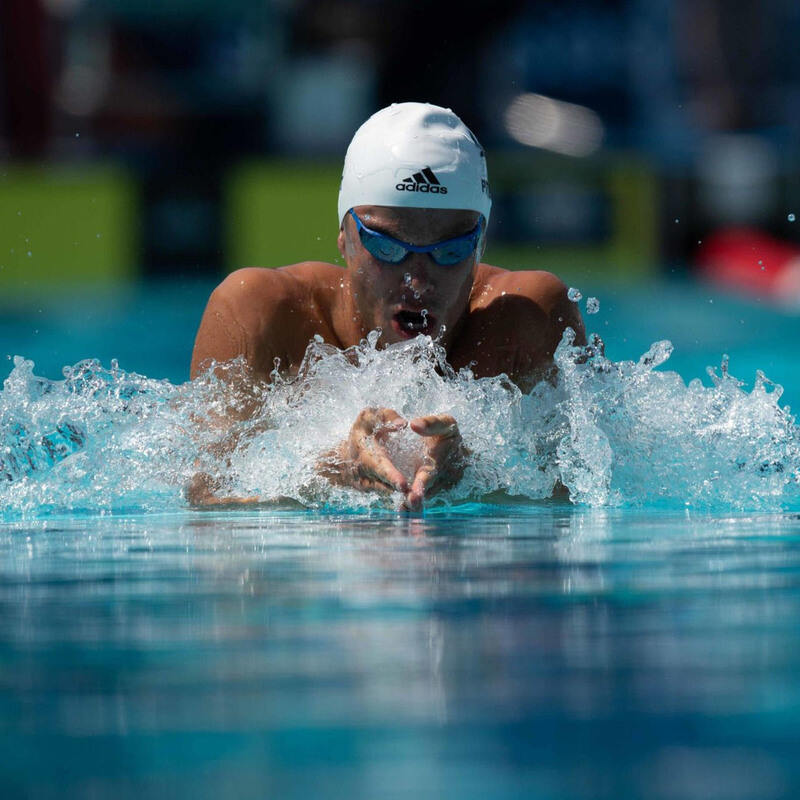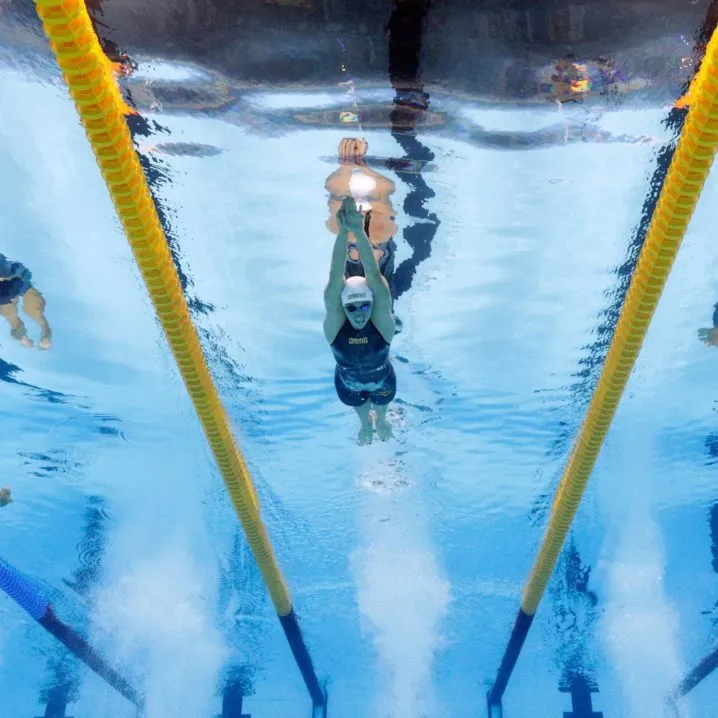Introduction
Swimming is a full-body workout that combines strength, endurance, and technique. Among the most important aspects of swimming are the different swimming strokes. Each stroke follows a unique pattern of movement and serves specific purposes. The four main competitive strokes are freestyle, backstroke, breaststroke, and butterfly. In addition, there are survival and recreational strokes used in training or rescue situations. Because each style uses different muscle groups, mastering them improves overall fitness. Moreover, understanding the mechanics helps swimmers become more efficient.
Whether you’re a beginner or an experienced athlete, learning the different swimming strokes enhances performance. It also reduces the risk of injury by promoting balanced development. Furthermore, switching between strokes prevents workout monotony. As a result, many swimmers train in multiple styles throughout the week. With consistent practice, anyone can build confidence in all forms. Therefore, exploring the different swimming strokes is essential for long-term progress.
 The Freestyle Stroke: Speed and Efficiency Combined
The Freestyle Stroke: Speed and Efficiency Combined
Freestyle is the fastest and most commonly used swimming stroke. Most swimmers use the front crawl technique when swimming freestyle. This involves alternating arm movements with a flutter kick. The arms pull through the water in a windmill motion. Meanwhile, the legs perform rapid up-and-down kicks. Breathing occurs to the side during the arm recovery phase. Swimmers typically take a breath every two to three strokes. Because it’s efficient, freestyle dominates in races like the 50m and 1500m events.
Also, it builds cardiovascular endurance and shoulder strength. To maintain speed, body position must stay horizontal. Any drag from hips sinking slows progress. In addition, hand entry should be smooth and precise. Fingers enter first, followed by the palm and forearm. High elbow catch and strong pull generate propulsion. Many swimmers wear goggles to see the pool floor and align their path. Since freestyle is versatile, it’s ideal for lap swimming and open water. For these reasons, it’s often the first stroke taught to beginners.
Key Techniques for Improving Your Freestyle
To swim freestyle efficiently, focus on proper form. Start with body alignment. Keep your head neutral and spine straight. This reduces resistance in the water. Next, time your breathing correctly. Turn your head just enough to inhale without lifting it. Exhale steadily underwater to avoid holding your breath. Also, work on your catch phase. A high elbow entry allows better grip on the water. Then, pull your hand toward your hip with power.
Avoid crossing over the centerline with your arms. That causes zigzagging and wasted energy. Your kick should be steady but not too wide. Small, fast flutter kicks provide balance and momentum. Try to keep your ankles loose for maximum flexibility. Drills like catch-up or fingertip drag improve stroke precision. Using tools like kickboards or pull buoys isolates specific skills. In addition, video analysis helps identify flaws. Coaches often record swimmers to review technique. Consistent feedback leads to faster improvement. Over time, small adjustments result in smoother, faster swimming.
The Backstroke: Power and Precision on Your Back
Backstroke is the only competitive stroke performed on the back. It shares similarities with freestyle but requires different coordination. Swimmers use alternating arm pulls and a continuous flutter kick. The arms move in opposite directions above the head. One hand enters the water near the ear while the other exits behind the hip. The kick remains constant, providing lift and rhythm. Because the face stays above water, breathing is easier.
Swimmers don’t need to time breaths as in freestyle. However, they must navigate without seeing forward. Instead, they rely on lane markers on the ceiling. Some swimmers count strokes to know when to turn. Turns in backstroke involve a flip where the feet touch the wall. Timing is crucial to avoid disqualification. Backstroke builds upper back, shoulder, and core strength. It also improves posture by encouraging spinal alignment. Due to its low-impact nature, it suits people with neck or joint issues. As a result, backstroke is popular among rehab patients and older adults.
Common Mistakes in Backstroke and How to Fix Them
Many swimmers make errors that reduce backstroke efficiency. One common issue is dropping the hips. When the lower body sinks, drag increases significantly. To fix this, engage your core muscles throughout the stroke. Another mistake is bending the knees too much during the kick. This creates resistance instead of propulsion. Focus on keeping legs straight with relaxed knees. Also, some swimmers let their hands break the surface too far out. Wide hand entries slow down rotation and weaken the pull. Enter the water closer to the head with fingertips first.
Poor body rotation is another flaw. Without rotation, the stroke becomes flat and weak. Rotate your shoulders and hips together with each arm pull. This increases reach and power. Additionally, failing to streamline after turns wastes speed. Push off the wall with arms extended and body tight. Practice gliding before resuming strokes. Lastly, inconsistent kicking disrupts rhythm. Maintain a steady, rhythmic flutter throughout. Drills like single-arm backstroke help isolate problems. These corrections lead to faster, smoother swimming.
The Breaststroke: Rhythm and Timing Matter Most
Breaststroke is one of the oldest and most technical swimming styles. It features a simultaneous arm pull and frog-like kick. The stroke follows a glide, pull, breathe, kick, and recover sequence. First, the swimmer extends fully in a streamlined position. Then, the arms sweep outward and inward in a heart-shaped pattern. During the pull, the head rises to take a breath. Immediately after, the legs draw up into a tucked position. The kick pushes water backward with the soles of the feet.
Finally, the body returns to the glide before repeating. Because of its distinct timing, breaststroke demands precision. Any mistimed movement breaks the rhythm. Also, it produces less speed than freestyle or backstroke. However, it offers excellent control and visibility. Swimmers can monitor their surroundings easily. This makes it useful in lifesaving and triathlons. Moreover, it strengthens inner thighs, chest, and triceps. Despite being slower, mastering breaststroke builds coordination and patience.
Why Breaststroke Is Ideal for Beginners and Rehab
Breaststroke is often recommended for new swimmers. First, the head stays above water most of the time. This allows easy breathing and reduces anxiety. Second, the movements mimic natural motions like walking or jumping. As a result, beginners find it intuitive. Also, the pace is slower, giving more time to adjust. Many learn breaststroke before any other stroke. In rehabilitation settings, therapists use it frequently. Patients with back or joint pain benefit from its low impact. The controlled motions reduce strain on the spine.
Furthermore, the glide phase gives brief rest periods. This helps those with limited stamina. Older adults appreciate its gentle rhythm. It supports mobility without overexertion. Triathletes also practice breaststroke for open water safety. If tired, they switch to it for stability and orientation. Lifeguards use modified versions during rescues. Because it allows scanning and communication, it’s practical. Overall, breaststroke balances accessibility with functional strength.
The Butterfly Stroke: Strength and Symmetry in Motion
Butterfly is the most physically demanding of the different swimming strokes. It requires powerful upper body strength and precise timing. Both arms move simultaneously in a circular motion above and below water. The pull begins with a wide entry, then sweeps inward and backward. At the same time, the legs perform a dolphin kick. This involves undulating the whole body in waves. The kick starts from the core and flows to the toes. Unlike flutter or frog kicks, both legs move together.
Breathing happens forward during the arm recovery. Swimmers lift the head briefly to inhale. Exhalation occurs underwater before the next stroke. Because of its intensity, butterfly builds chest, shoulder, and core muscles quickly. It also improves lung capacity and coordination. However, poor technique leads to fatigue and injury. Many beginners struggle with timing and rhythm. Yet, with practice, it becomes smoother and more efficient. Competitive swimmers use butterfly in 100m and 200m events. It’s also part of the individual medley.
Training Tips for Learning the Butterfly Stroke
Learning butterfly takes patience and structured practice. Start with dolphin kicks on your back or stomach. Use a kickboard to isolate leg movement. Focus on initiating the wave from the chest, not the knees. Once comfortable, try the kick with arms extended. Then, add one-arm drills. Perform full strokes with one arm while keeping the other at your side. This helps master timing and balance. Next, practice two-short-one-long patterns. Swim two short butterfly strokes followed by one full freestyle stroke.
This builds endurance gradually. Breathing technique is critical. Lift the head only slightly and return it fast. Delaying submersion breaks momentum. Also, avoid overreaching during hand entry. Entry should be near the shoulder line. Wide entries cause shoulder strain. Strengthen your core with dryland exercises like planks or medicine ball throws. These support the undulating motion. Video feedback and coach guidance accelerate progress. With consistent effort, even beginners can develop a solid butterfly.
Frequently Asked Questions About Different Swimming Strokes
What are the four main competitive swimming strokes?
They are freestyle, backstroke, breaststroke, and butterfly.
Which stroke is the fastest?
Freestyle is the quickest due to its continuous motion.
Is butterfly the hardest stroke to learn?
Yes, it requires strength, timing, and coordination.
Can I mix strokes during a swim session?
Absolutely. Combining strokes prevents boredom and builds versatility.
Which stroke is best for beginners?
Breaststroke is easiest because of its rhythm and breathing control.
Do all strokes burn the same calories?
No. Butterfly burns the most, followed by freestyle and backstroke.
Is backstroke safe for people with neck pain?
Generally yes, but maintain neutral head alignment.
Are there non-competitive swimming strokes?
Yes, dog paddle, sidestroke, and survival float are used in training or rescue.
 Final Thoughts on the Different Swimming Strokes
Final Thoughts on the Different Swimming Strokes
Understanding the different swimming strokes opens doors to better fitness and skill. Each stroke offers unique benefits for strength, endurance, and technique. From the speed of freestyle to the control of breaststroke, variety matters. Mastering all four competitive styles makes you a well-rounded swimmer. Moreover, switching between them keeps workouts engaging. Whether you swim for health, competition, or recreation, knowing the different swimming strokes is essential. They challenge different muscle groups and improve overall coordination. With practice, even difficult strokes like butterfly become manageable. As you progress, your confidence and efficiency grow. Therefore, embrace each stroke as a tool for growth. The journey through the water becomes richer with every new technique learned.


